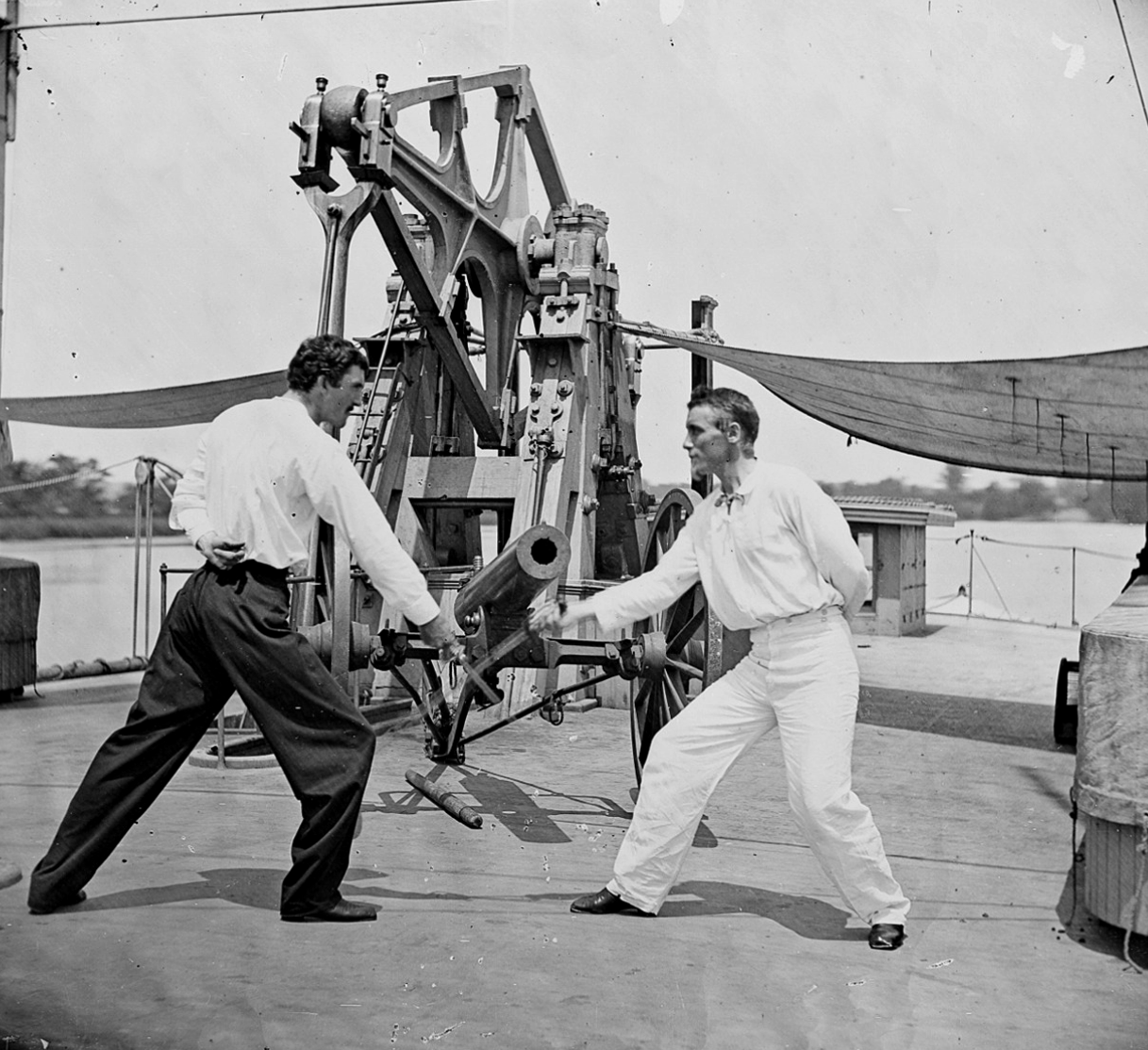

The South grew crops and raw materials, which were then sold to industrial centers and in return, manufactured goods were purchased. The ante bellum economy of the South relied on bringing manufactured goods from the Northern states and trading raw agricultural products with foreign countries.

By blockading the southern ocean ports and the Mississippi River, its military would slowly suffocate as supplies dwindled and the country became isolated from its trading partners. The two objectives of the blockade were: 1) to prevent war material, manufactured goods, and luxury items from reaching the South to boost their war effort and morale at home and 2) to stop the exportation of raw cotton to foreign manufacturers, which would bring cash to the Confederate economy. Scott expected that a land war would be a long, arduous undertaking despite the general opinion that it would be over in weeks.

Scott devised a plan for a naval blockade of the ports of the Confederate Atlantic shoreline, an invasion and occupation down the Mississippi River, and the consequent strangulation of the South by combined Union land and naval forces. Since the CSA trading partners were overseas and there were no land connections, its economy depended on open rivers and seas. He recognized that the seceded states depended on bringing military and consumer imports in, and trading cotton and agricultural exports out. Scott reasoned that the vulnerability of a southern nation was its absence of manufacturing, supplies, and weapons production in the region.


 0 kommentar(er)
0 kommentar(er)
